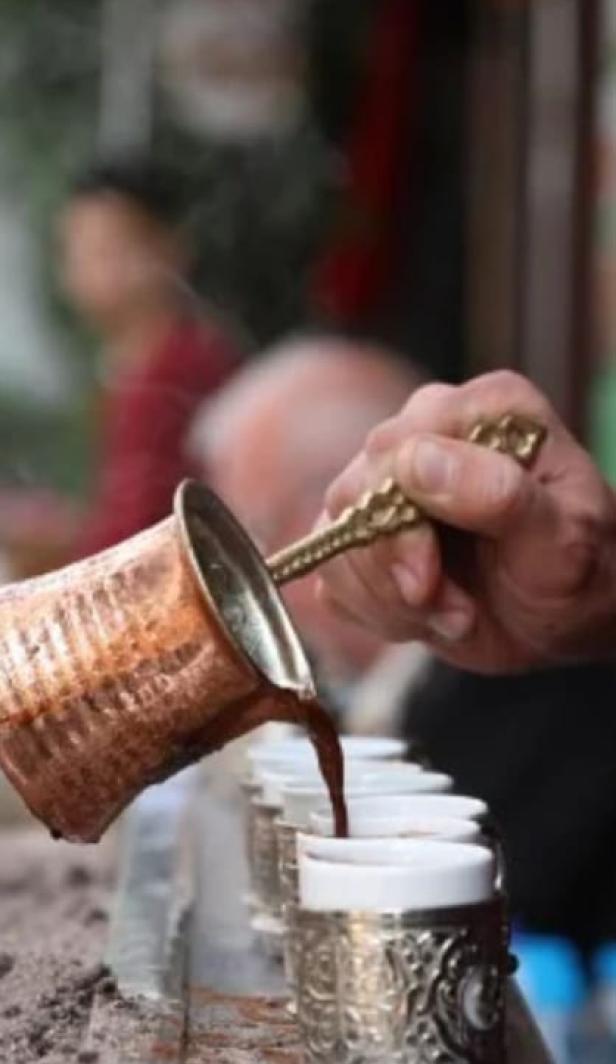Brazilian coffee production
There are 12 states in Brazil which are responsible for the production of Brazilian coffee and around 300,000 coffee plantations in total. Where most countries specialise in growing a single type of bean, Brazil produce both Arabica and Robusta, which is partly why they play such a big part in the production and export of coffee around the world.
Interestingly, the production of Brazilian coffee beans is so huge that is has a knock-on effect to the rest of the world. If something goes wrong in the coffee production capital like a drought, then expect coffee prices all over the world to increase.
The flavour of Brazilian coffee
Often Brazilian coffee has got a bad rap amongst coffee connoisseurs as they believe that the focus is on quantity rather than quality, but that couldn’t be further from the truth. Brazil produces a variety of specialist grade, single origin coffees with a high-quality taste unlike any other. Boasting a low acidity, which is widely enjoyed, and notes of caramel and chocolate, Brazilian coffee offers an intense and pleasant flavour that’s perfect for sipping throughout the day.
Brazilian coffee culture
Despite Brazil’s huge impact on the world of coffee, you rarely hear anything about the consumption of the beverage in the country. That’s because, for Brazil, it has a larger part to play than simply a social element, for its citizens it’s their livelihoods and an important part of the country’s growth. With that being said, drinking coffee in Brazil is still a big part of day-to-day life and consumed in all aspects, whether that’s relaxing, celebrating or kicking back and socialising.
Coffee is drunk regularly throughout the day in Brazil, so much so that the word ‘cafezinho’, meaning ‘small coffee’ is a widely welcomed phrase. This small cup is drunk little and often and it’s not uncommon to find a coffee dispenser and a stack of cups at locations like petrol stations and restaurants, where you can help yourself for free. Due to the frequency in which it’s drank, the coffee contained is often lower quality than the high-quality Brazilian coffee beans that get exported out of the country, because it would simply be too expensive to drink such a great deal of it! Despite this lesser quality, you’ll still expect delicious flavour in every cup.
History of Brazilian coffee
The first coffee bush was planted in Brazil in 1727, and it comes with a rather unique story. Apparently, the governor of French Guiana was being difficult about trading the seeds of the plant, so a member of the Portuguese military, Francisco de Melo Palheta set to wooing his wife. After successfully enchanting the lady, she provided him with some samples of coffee seeds which he smuggled back to Brazil.
The crops thrived in Brazil’s tropical climate and it was such a success that the growth of sugar – which was previously the main product produced in the country – was ousted for coffee instead. Brazil’s success in the coffee market was further accelerated after the Haitian revolution where most of France’s coffee plantations were burned to the ground. This development enabled Brazil to step in and fill the global demand for coffee and by 1840, they’d become responsible for 40% of the world’s coffee exports.
Brazil continued to dominate the market through the years and in the 1920s, they controlled 80% of the world’s production. This number has declined in recent years, but today Brazil is still seen as one of the largest exporters and producers, and coffee remains as one of the most valuable commodities in the country.
If the history of Brazilian coffee hasn’t quite quenched your thirst, why not explore the history of coffee in more detail here?
Brazilian coffee types
Brazilians like their coffee straightforward with little fuss, so you won’t find many variations in coffee shops in the country. In fact, there’s only really two Brazilian coffee types:
What is it?
Cafezinho
The cafezinho is the most common type served in Brazil. It’s a small, filtered cup of coffee, served at an incredibly hot temperature. The flavour is very intense and despite similar, smaller coffee cups, the drink is absolutely nothing like an espresso as a cafezinho isn’t pressurised, resulting in a much different taste.

What is it?
Cafezinho
The café com leite is a popular breakfast drink and it’s essentially the Brazilian version of a latte. It’s commonly served as a cup of hot milk with the cafezinho added after.

That’s our guide to Brazilian coffee and the unique culture that goes with it! Want to continue your adventure in the world of coffee? Read our article on Cuban coffee and culture next.
Today’s community favourites




